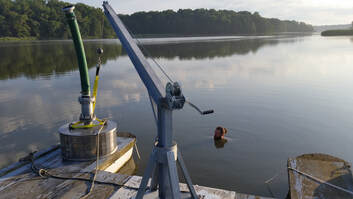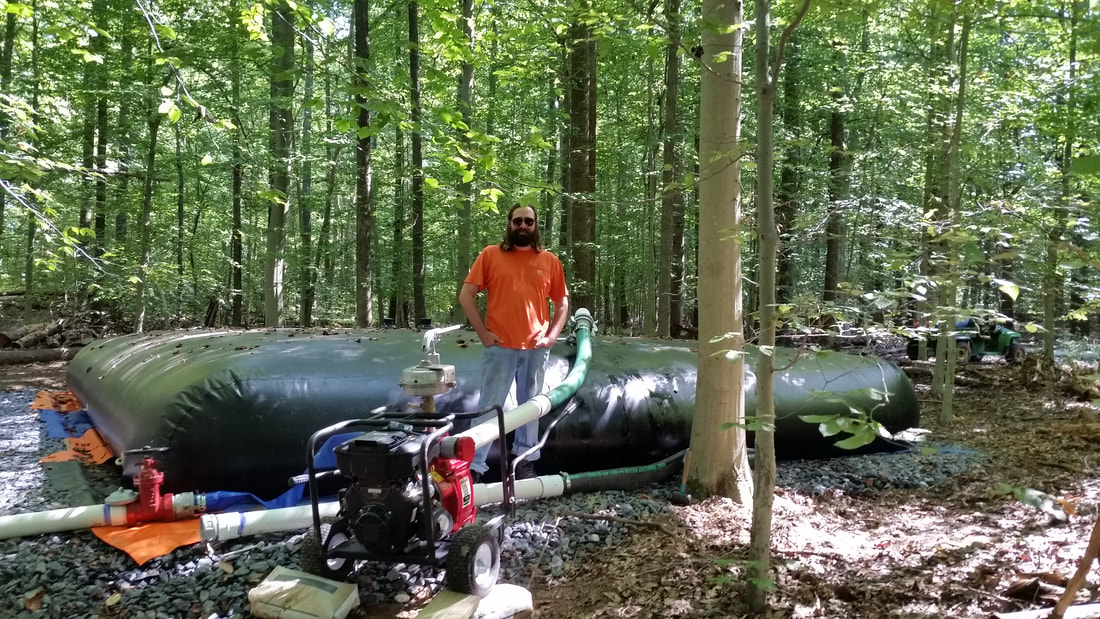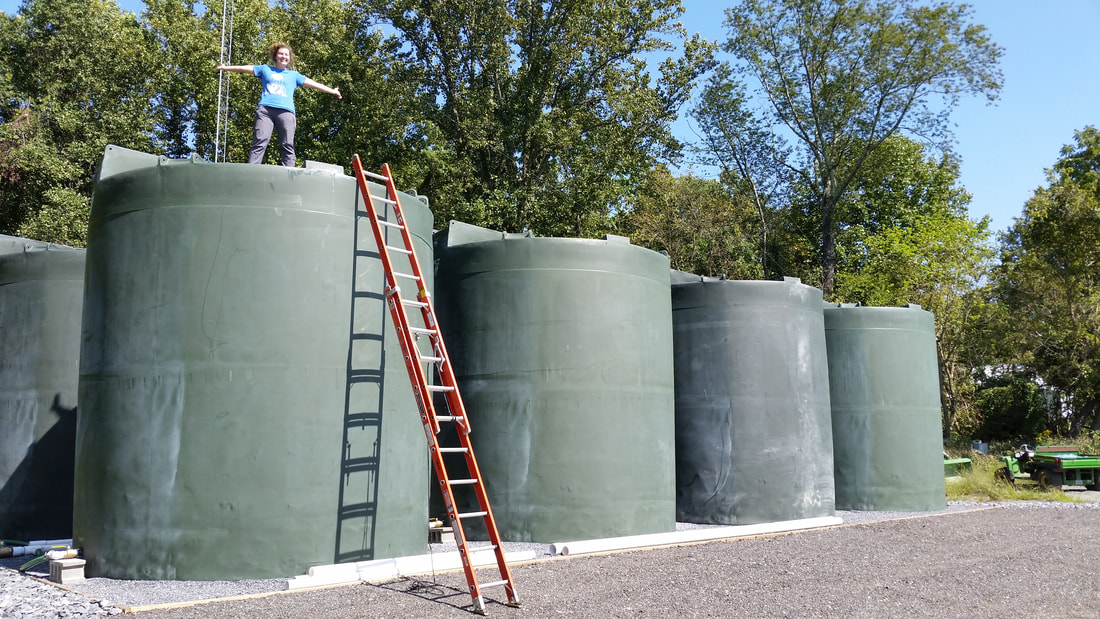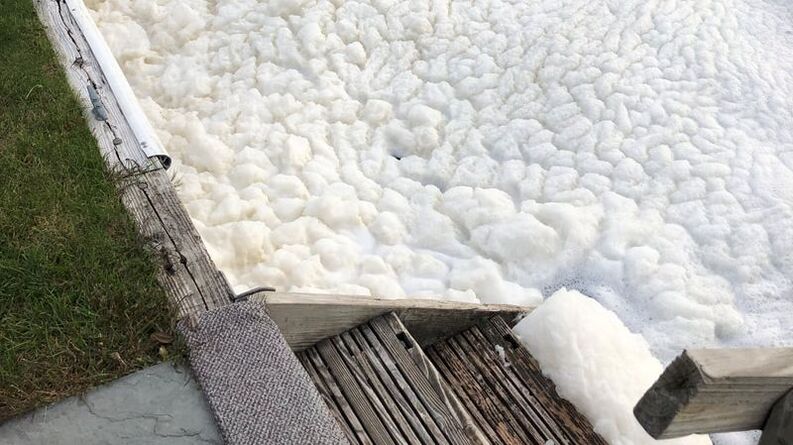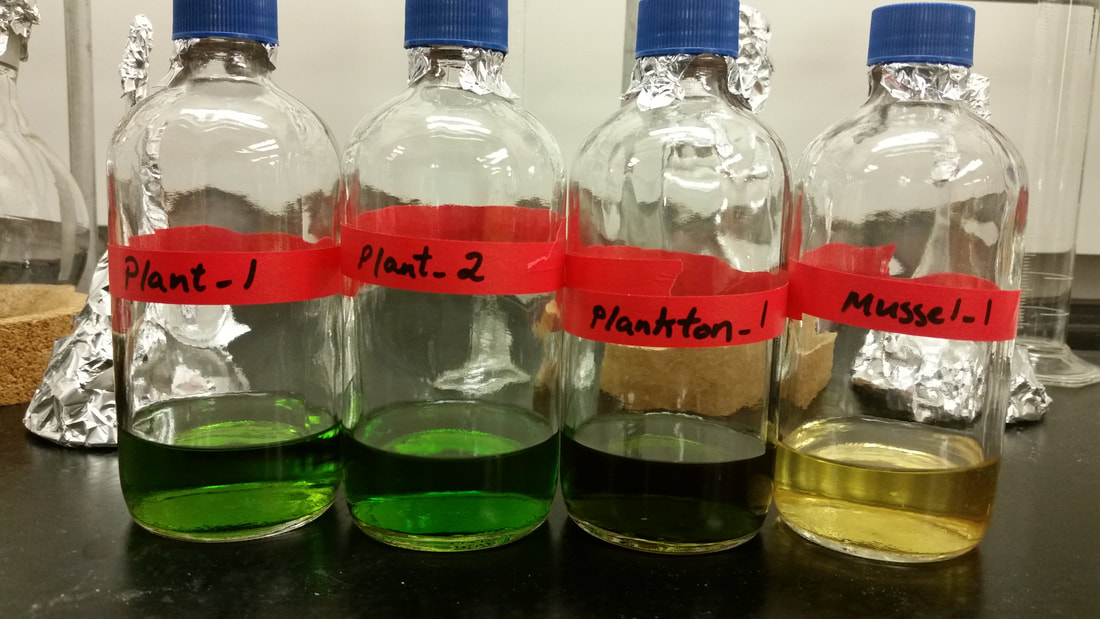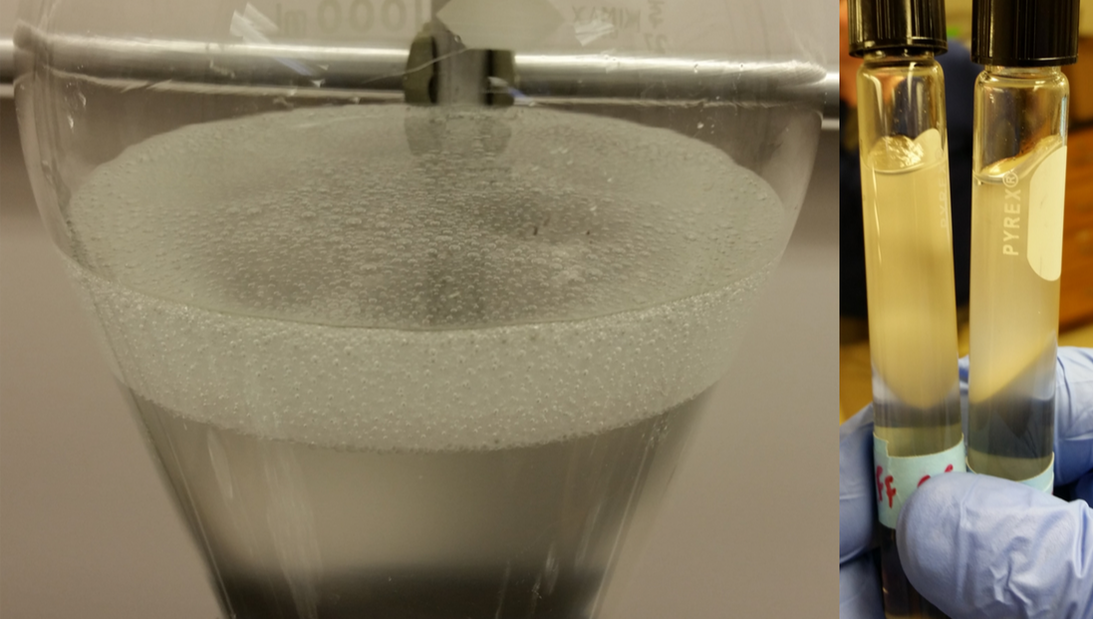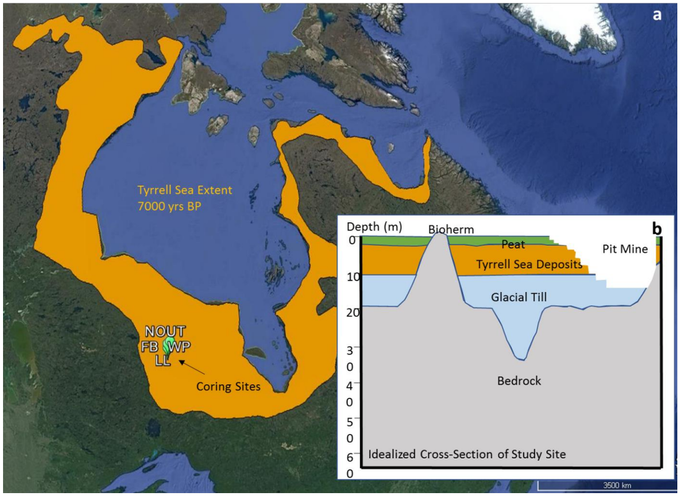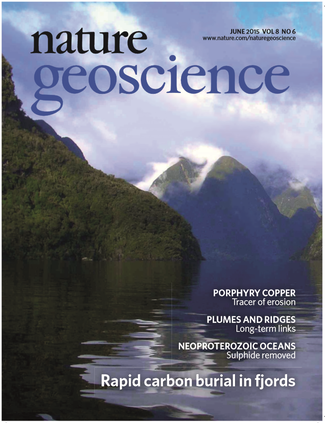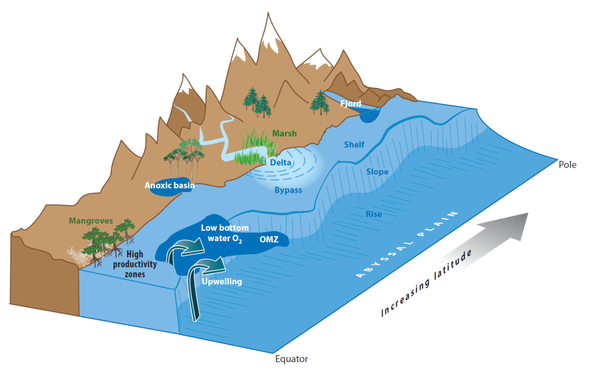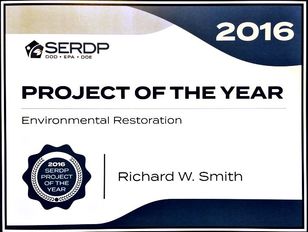Terrestrial Ecosystem Manipulation to Probe the Effects of Storm Treatments (TEMPEST)
Location: Smithsonian Environmental Research Center (SERC), Edgewater MD
Clients/Collaborators: Smithsonian, Department of Energy Pacific Northwest National Laboratories (DOE-PNNL)
Location: Smithsonian Environmental Research Center (SERC), Edgewater MD
Clients/Collaborators: Smithsonian, Department of Energy Pacific Northwest National Laboratories (DOE-PNNL)
Description of Project/Problem: As the largest ecosystem manipulation experiment of its kind, TEMPEST was created to examine the role of storms and flooding on coastal vegetation and soils. GAR was contracted to design, build, and test the experimental infrastructure required to deliver seawater and freshwater to two half-acre plots in sufficient volumes and durations to simulate coastal flooding and large precipitation events, respectively
Our Solution/Findings: Based on a thorough review of irrigation literature, extensive scaled-down experiments in local soils, and testing of several water delivery iterations developed from field and computer hydrologic models, we developed and installed two novel systems that sourced, filtered, and evenly delivered 80,000 gallons each of seawater and freshwater over a 10-hour period to achieve and maintain soil conditions expected during extreme hydrologic events
Broader Impacts:
Media
- "Knowing the Shore." Smithsonian, November/December 2022, J. Rothenberg Gritz. Article Link
- "TEMPEST experiment mimics future storms inside forests." Shorelines, A. Uteuova. Article Link
- Hopple, A.M., K.O. Doro, V. Bailey, B. Bond-Lamberty, N. McDowell, A. Myers-Pigg, S. Pennington, P. Regier, R. Rich, A. Sengupta, R. Smith, J. Stegen, N. Ward, S. Woodard, J.P. Megonigal. Attaining freshwater and estuarine-water soil saturation in an ecosystem-scale coastal flooding experiment. In Prep for Global Change Biology
Lake Foam and Harmful Algae Blooms (HABs)
Location: Canandaigua Lake, NY
Clients/Collaborators: Canandaigua Lake Watershed Association (CLWA), Citizen Scientists
Location: Canandaigua Lake, NY
Clients/Collaborators: Canandaigua Lake Watershed Association (CLWA), Citizen Scientists
Description of Project/Problem: Despite having a AA water quality rating, Canandaigua Lake, the 3rd largest of NY's Finger Lakes, has been experiencing large volumes of foam formation on the surface of the lake that accumulates on shorelines and is composed of unknown substances
Our Solution/Findings: Working with the Canandaigua Lake Watershed Association (CLWA) and citizen scientists, we developed techniques to monitor and sample foam in the lake. We extensively characterized the chemical composition of the foam, and compared it to the chemical signatures of inputs into the lake, such as from invasive mussels, phytoplankton, streams and macrophytes. We found that the recent blue-green algae blooms (microcystis cyanobacteria) the lake has experienced are the most likely source of the foaming events. When the algae bloom, they secrete large amounts of sugars in a gel-like matrix that later concentrate at the surface of the lake where wind can cause them to foam.
Broader Impacts:
Presentations
Media
Presentations
- Keynote Speakers, Canandaigua Lake Watershed Association (CLWA) 2020 Annual Meeting. CLWA Annual Report Link
- New York State Federation of Lake Associations (NYSFOLA) Western New York Region Annual Conference. Full Meeting Link (GAR intro at 6:53)
- Finger Lakes Regional Watershed Alliance (FLRWA), March 2022 meeting. Meeting Minutes
- Gordon Research Conference, Organic Geochemistry. Holderness, NH, August 2022. Poster Link
Media
- "Why harmful algal blooms in the Finger Lakes are so challenging to mitigate." Finger Lakes Times, Richard W. Smith and Stella C. Woodard. Article Link
- "Getting to the bottom of that sudsy substance on Canandaigua Lake. What researchers found." Democrat and Chronicle, J. Sherwood. Article Link
- "Lake Foam." Canandaigua Lake Watershed Association, project description and foam survey form. Website Link
- "The autumn foam phenomenon on Owasco Lake." auburnpub.com, A. Snell. Article Link
- "Foam Study Summary: Canandaigua Lake." Foam Fact Sheet, Global Aquatic Research. Fact Sheet Download
Modern Carbon Cycle Changes in the World's 3rd Largest Wetland
Location: James Bay Lowlands, Ontario, CA
Clients/Collaborators: University of Guelph
Location: James Bay Lowlands, Ontario, CA
Clients/Collaborators: University of Guelph
Description of Project/Problem: The Hudson and James Bay Lowlands complex in Ontario, CA are the world's 3rd largest wetland and the 2nd largest peatland. These peatlands store vast quantities of carbon that are under threat from climate change and anthropogenic activities such as mining
Our Solution/Findings: We developed sampling equipment for an expedition to the Winisk River in the James Bay Lowlands in collaboration with Dr. Susan Glasauer from the University of Guelph. We analyzed geochemical markers and trace metals in sediment cores to examine historical changes in the regional carbon cycle and the influences of local mining operations. Surprisingly, we found large quantities of phytoplankton-derived carbon in the wetland sediments, which we attributed exposed deposits from the Tyrrell Sea (7000 yrs BP). This study has broad implications for how we examine the carbon cycle in wetlands under the influence of anthropogenic activities
Broader Impacts: Presentations, publications and local outreach (Webequie, CA) to be posted soon
Fjords are Global Hotspots of Carbon Burial
Location: Fiordland, New Zealand
Clients/Collaborators: Woods Hole Oceanograpic Institute, Texas A&M University, National Science Foundation (NSF)
Location: Fiordland, New Zealand
Clients/Collaborators: Woods Hole Oceanograpic Institute, Texas A&M University, National Science Foundation (NSF)
Description of Project/Problem: The ocean contains nearly half of all the carbon originally emitted into the atmosphere from fossil fuel combustion, and carbon burial in coastal sediments in particular is the only natural method to transfer this carbon back into long-term geologic storage. However, we still find less carbon in the ocean than predicted from inputs, termed the "geochemical conundrum."
Our Solution/Findings: By collecting and estimating carbon burial rates in sediment cores from Fiordland, NZ, and combining this data with carbon burial rates we directly obtained or derived from the literature in fjord systems globally, we determined that fjords are the most globally significant carbon burial hotspot (10% of all oceanic carbon burial), making them key players in climate transitions.
Broader Impacts:
Publications
Select Media
Publications
- Smith, R.W., T.S. Bianchi, M. Allison, C. Savage, V. Galy. 2015. High rates of organic carbon burial in fjord sediments globally. Nature Geoscience 8, 450-453, DOI: 10.1038/ngeo2421
- Bianchi, T.S., et al. 2020. Fjords as Aquatic Critical Zones (ACZs). Earth-Science Reviews 203, DOI: 10.1016/j.earscirev.2020.103145
Select Media
- "Fjords soak up a surprising amount of carbon." Nature, B. Deng. Article Link
- "Stored in a fjord." National Geographic, N. Strochlic. Link to Article Proof
- "The surprising link between fjords and carbon." Climate Central, M.D. Lemonick. Article Link
- "Fjords are unexpected allies against natural climate change: study" Reuters, A. Doyle. Article Link
Munitions contamination in coastal marine environments
Location: University of Connecticut (UCONN), Department of Marine Sciences, Groton, CT
Clients: Department of Defense, Strategic Environmental Research and Development Program (DoD-SERDP), UCONN
Location: University of Connecticut (UCONN), Department of Marine Sciences, Groton, CT
Clients: Department of Defense, Strategic Environmental Research and Development Program (DoD-SERDP), UCONN
Description of Project/Problem: Military chemical munitions such as TNT and RDX contaminate aquatic systems throughout the globe from disposal, training activities, and active warfare. The transformation processes and ultimate fate of these molecules once released to the water is unknown, and thus their toxicological risks to ecosystems and humans are unclear
Our Solution/Findings: We developed and implemented a series of stable nitrogen (15N) isotopic tracer experiments for both TNT and RDX that traced the Nitrogen derived from these compounds through particulate and dissolved phases as well as different chemical species. We constructed a series of 100L and 1000L mesocosms that included realistic water and sediment chemistry and a suite of commercially important species, and spiked them with 15N-labeled munition compounds to achieve steady-state conditions over a period of a few weeks. By looking for the 15N "label" in the water, sediments, and biological tissues and attempting to create a mass balance, we were able to achieve the first full picture of how these compounds behave in aquatic systems
Broader Impacts:
Select Publications (contact us for a full list and/or PDFs of articles)
Select Publications (contact us for a full list and/or PDFs of articles)
- Smith, R.W., P. Vlahos, J.K. Bohlke, T. Ariyarathna, M. Ballentine, C. Cooper, S. Fallis, T.J. Groshens, C. Tobias. 2015. Tracing the cycling and fate of the explosive 2,4,6-trinitrotoluene in coastal marine systems with a stable isotopic tracer, 15N-[TNT]. Environmental Science and Technology 49, 12223-12231. DOI: 10.1021/acs.est.5b02907
- Smith, R.W., C. Tobias, P. Vlahos, C. Cooper, M. Ballentine, T. Ariyarathna, S. Fallis, T.J. Groshens. 2015. Mineralization of RDX-derived nitrogen to N2 via denitrification in coastal marine sediments. Environmental Science and Technology 49, 2180-2187. DOI: 10.1021/es505074v
- Smith, R.W., P. Vlahos, T. Ariyarathna, M. Ballentine, C. Cooper, J.K. Böhlke, S. Fallis, T.J. Groshens, C. Tobias. "Tracing the cycling and fate of individual organic molecules using isotopically labeled 'tracer' molecules. A case study from military chemical munitions." Organic Geochemistry Gordon Research Seminar and Conference in Holderness, NH, August 2016.
- Smith, R.W., P. Vlahos, T. Ariyarathna, M. Ballentine, C. Cooper, J.K. Böhlke, S. Fallis, T.J. Groshens, C. Tobias. "Tracing the cycling and fate of the explosive 2,4,6-trinitrotoluene (TNT) in coastal marine systems with a stable isotopic tracer, 15N-[TNT]." Society of Environmental Toxicology and Chemistry (SETAC) North American Conference in Salt Lake City, UT, November 2015.
Web Hosting by Domain.com

